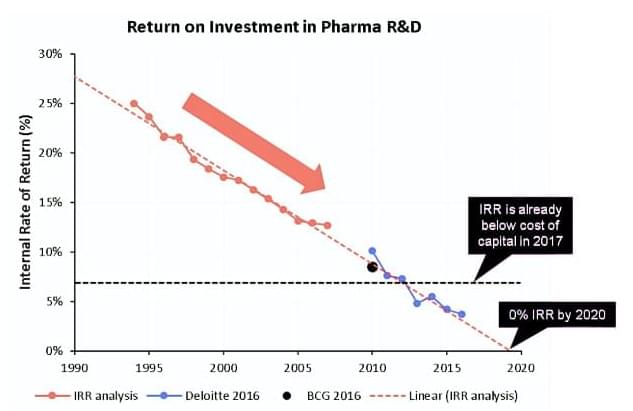New brain imaging research shows that structural damage in schizophrenia spectrum disorders may begin in specific “epicenter” regions before spreading across connected brain networks.



Life’s instructions are written in DNA, but it is the enzyme RNA polymerase II (Pol II) that reads the script, transcribing RNA in eukaryotic cells and eventually giving rise to proteins. Scientists know that Pol II must advance down the gene in perfect sync with other biological processes; aberrations in the movement of this enzyme have been linked to cancer and aging. But technical hurdles prevented them from precisely determining how this important molecular machine moves along DNA, and what governs its pauses and accelerations.
A new study fills in many of those knowledge gaps. In a paper published in Nature Structural & Molecular Biology, researchers used a single-molecule platform to watch individual mammalian transcription complexes in action. The result is a clear view of how this molecular engine accelerates, pauses, and shifts gears as it transcribes genetic information.
“What’s really striking is how this machine functions almost like a finely tuned automobile,” says Shixin Liu, head of the Laboratory of Nanoscale Biophysics and Biochemistry. “It has the equivalent of multiple gears, or speed modes, each controlled by the binding of different regulatory proteins. We figured out, for the first time, how each gear is controlled.”

Scientists have just discovered an incredible superpower hidden away in the tissues of the fern Blechnum orientale, a plant that can collect and store rare earth elements.
The findings could lead to a more sustainable way of gathering mineral resources that we are increasingly reliant upon.
There are 17 rare earth elements in total, and these metallic materials are now deeply embedded in all kinds of tech – from wind turbines and computers, to broadband cables and medical instruments. They’re not actually that rare, but they are difficult and expensive to extract from the Earth’s crust in a useful form.

Never-before-seen ratios of particles making up atomic nuclei have emerged in a landmark experiment involving the fragmentation of heavy elements.
By breaking apart the nuclei of platinum, physicists led by Oleg Tarasov of Michigan State University have discovered new isotopes of rare-Earth elements thulium, ytterbium, and lutetium. It’s an achievement that scientists believe will help them understand the properties of neutron-rich nuclei and the processes that forge new elements in the collision of neutron stars.
The work, the researchers say, also demonstrates the power of Michigan State University’s recently completed Facility for Rare Isotope Beams (FRIB), which conducted its first experiment in June 2022.




Of the many trends people chase in biotech, the only one that proves sure and consistent is declining returns. Even after adjusting for inflation, the number of new drugs approved per $1 billion of R&D spending has halved approximately every nine years since 1950. Deloitte’s forecast R&D IRR for the top 20 pharmas fell below the industry’s cost of capital (~7–8%) between 2019 and 2022. In other words, while the industry remained profitable overall, the incremental economics of R&D investment were value-eroding rather than value-creating. So, while other industries have a reason to treat the current market downturn as transient, the business of developing medicine has a more fundamental problem to deal with — it is quite literally shrinking out of existence.

A large-scale laboratory screening of human-made chemicals has identified 168 chemicals that are toxic to bacteria found in the healthy human gut. These chemicals stifle the growth of gut bacteria thought to be vital for health. The research, including the new machine learning model, is published in the journal Nature Microbiology.
Most of these chemicals, likely to enter our bodies through food, water, and environmental exposure, were not previously thought to have any effect on bacteria.
As the bacteria alter their function to try and resist the chemical pollutants, some also become resistant to antibiotics such as ciprofloxacin. If this happens in the human gut, it could make infections harder to treat.

Every day, our brains transform quick impressions, flashes of inspiration, and painful moments into enduring memories that underpin our sense of self and inform how we navigate the world. But how does the brain decide which bits of information are worth keeping—and how long to hold on?
Now, new research demonstrates that long-term memory is formed by a cascade of molecular “timers” unfolding across brain regions. With a virtual reality-based behavioral model in mice, the scientists discovered that long-term memory is orchestrated by key regulators that either promote memories into progressively more lasting forms or demote them until they are forgotten.
The findings, published in Nature, highlight the roles of multiple brain regions in gradually reorganizing memories into more enduring forms, with gates along the way to assess salience and promote durability.